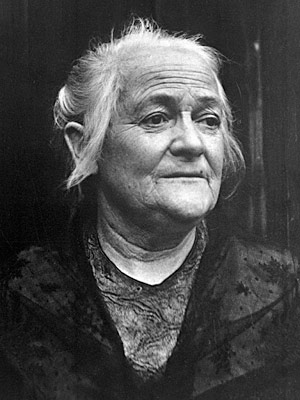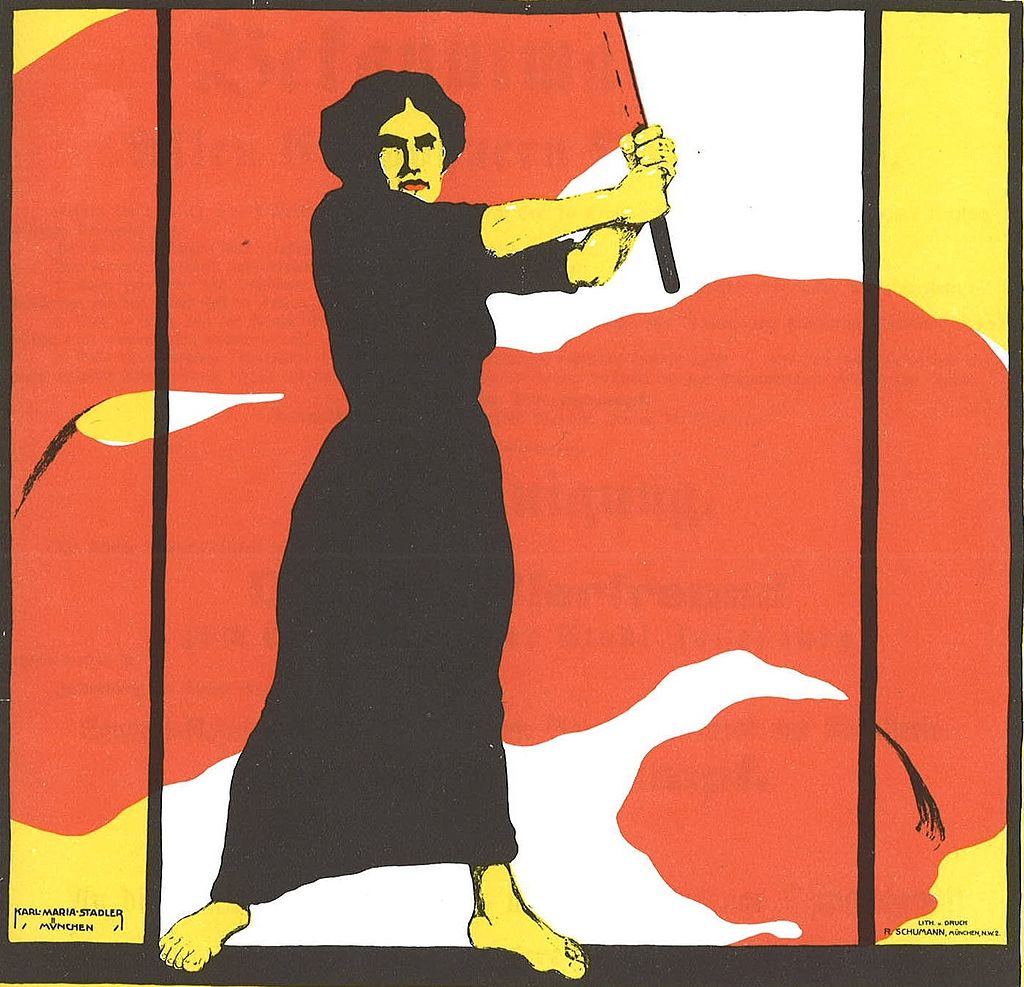The Philippines celebrates National Women’s Month to commemorate International Women’s Day on March 8—but what is the origin and history of this special occasion?
Different nations have certainly made strides when it comes to fostering a more inclusive society for women. Yet there’s always room for improvement as women continue to seek fair treatment and better opportunities across a variety of sectors. This is why countries around the world recognize and celebrate International Women’s Day (IWD) every March 8—including the Philippines. In fact, to honor the special day, the country holds National Women’s Month in March as well.

The theme of this year’s IWD is “Inspire Inclusion,” according to the celebration’s official website. It echoes the mission of women’s rights movements throughout the years, which is to pave the way for a more inclusive world that would not only champion female voices, but also provide women from all walks of life with the basic rights to proper healthcare, education, housing, food, and livelihoods.
READ ALSO: Females In Power: 5 Extraordinary Women Who Thrived In Male-Dominated Fields
Anyone can be a supporter of women, and many understand how important it is to help fight the good fight for equality. Yet some might wonder: how did IWD come to be, and what specific significance does it hold because of this history? To learn more, here’s a rundown of the special day’s origins and why the world still celebrates it:
Sparking Change
According to the IWD website and United Nations (UN), IWD is inextricably linked to women’s movements in 1900s America and the Russian Revolution of 1917. At the time, the industrial world brought a lot of changes to society with its rapidly increasing populations and economies. Unfortunately, most women were also experiencing high levels of inequality and oppression, especially those who belonged to the working class.

As such, groups of these women began protests, demanding for proper change. An example of this happened in 1908, when 15,000 women took to New York City’s streets to ask for better pay, shorter working hours, and voting rights. The latter request is directly related to the suffrage movement that began in the mid-1800s, when female citizens started fighting for a place in politics.

As part of the waging battle for women’s rights, the Socialist Party of America began the first National Woman’s Day (NWD) in the United States on February 28. Participants would celebrate NWD on the last Sunday of every February until 1913. This would mark the beginning of a much larger, global movement.
Uniting Nations
It was Clara Zetkin, the leader of the “Women’s Office” for Germany’s Social Democratic Party, who suggested that there be an International Women’s Day that country’s around the world can honor together. Her proposal took place in 1910 during the second International Conference of Working Women in Copenhagen, which was made up of 100 women from 17 countries.

The conference’s attendees reached a unanimous decision to adopt Zetkin’s idea; so began IWD as we know it. On March 19, 1911, the countries of Austria, Denmark, Germany, and Switzerland celebrated IWD for the first time, with more than a million men and women attending rallies to end discrimination and improve women’s rights.
The tragic fire in New York City’s Triangle Shirtwaist Factory further cemented the significance of IWD. In the same year, 140 female employees lost their lives during the incident. It was a preventable disaster, as poor safety mechanisms within the sweatshop’s building had made it impossible for women to escape the blaze. With pressure from the fire and IWD rallies, the government eventually began the implementation of new laws and regulations for worker protection.
The Power of Political Movements
IWD inspired a number of political movements, and can’t be separated from Russia’s past and World War I. Russian women honored their first IWD on February 23, 1913 (when the country still adopted the Julian calendar). However, this was eventually translated into March 8 with the Gregorian calendar that most nations used, and it’s been the date of IWD ever since.

In 1917, Russian feminist Alexandra Kollontai led her fellow women in a “Bread and Peace” protest on February 23, demanding justice for the millions of soldiers who died in World War I. This served as a powerful catalyst of political change, sparking a series of events that would lead to Czar Nicholas II’s abdication and the Russian Revolution, according to Sarah Pruitt of History. In turn, these movements would result in a provisional government that granted Russian women the right to vote for the very first time.

Keeping IWD Alive
The United Nations formally recognized International Women’s Day in 1975. With this came the tradition of attaching themes to the annual occasion. “Celebrating the past, Planning for the Future” was 1996’s theme, then “Women at the Peace table” in 1997, “Women and Human Rights” in 1998, “World Free of Violence Against Women” in 1999, and so on.
2011 marked IWD’s centennial year, with political leaders like former U.S. President Barack Obama and then-U.S. Secretary of State Hillary Clinton promoting the historic day. Activists like the UK’s Annie Lennox and charitable organizations like Oxfam have also done their part in raising awareness about the still ongoing fight for a better, female-empowered future.

Today, countries like Afghanistan, Armenia, Azerbaijan, Belarus, Burkina Faso, Cambodia, China (for women only), Cuba, Georgia, Guinea-Bissau, Eritrea, Kazakhstan, Kyrgyzstan, Laos, Madagascar (for women only), Moldova, Mongolia, Montenegro, Nepal (for women only), Russia, Tajikistan, Turkmenistan, Uganda, Ukraine, Uzbekistan, Vietnam, and Zambia celebrate IWD as an official holiday, according to its website.
Different countries and cultures honor the special day in their own ways. In some places like Argentina, men give the women in their lives gifts or tokens of appreciation, while other places like China use the day to promote beauty and wellness, reports Sarah Pruitt of History.
Regardless of how people choose to empower women, IWD is a testament to the power of the collective. It also shows just how much one event can change the lives of a group of people for the better, and will hopefully live on for as long as there’s still some good to be done.
Banner photo by Joeyy Lee via Unsplash.





